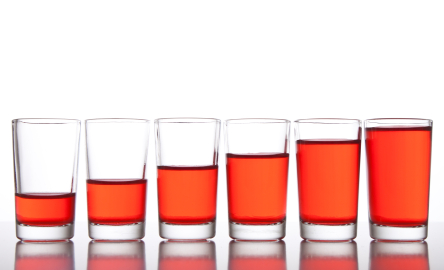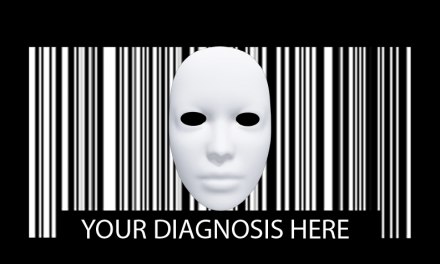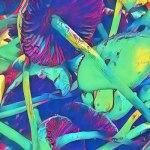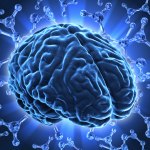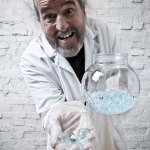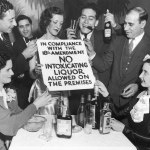Research into drinking practices suggests that what we commonly refer to as alcoholism (more technically, “Alcohol Use Disorder” or AUD) is a separate entity from something called heavy drinking– even though many (if not most) people with alcoholism drink heavily. How can this be? The answer may lie in our genome.
A quick overview of terms: where heavy drinking is a quantitative measure of consumption, alcoholism/ AUD are identified by signs and symptoms from a set of criteria described in the DSM. Those criteria, familiar to us who work in the field, must be met in order to qualify for addiction treatment. But within the larger population of drinkers are also a significant number whose drinking, however heavy, doesn’t meet those criteria. So researchers refer to them as ‘heavy drinkers’.
Of course, that can change over time.
Back to the research: Recently, a very large 2019 study of veterans has identified a remarkable 18 genetic factors that appear linked to either Alcohol Use Disorder or heavy drinking — or sometimes both. Eight factors were specific to heavy alcohol consumption without AUD. Five appeared linked to AUD alone. And the remaining five appeared linked to both (plus a number of mental health disorders).
Mysterious, no? All 18 indicated increased vulnerability, although that doesn’t mean someone will inevitably succumb. Genetics plays one role, and environment another. Instead of nature versus nurture, it’s nature plus nurture.
Our government has used ‘heavy drinking’ to describe different things. A day where someone’s consumption exceeds a specific amount — 4 standard drinks for men, 3 for women — is one. But the term has also been used to describe so-called “binge” consumption, where those amounts are exceeded in just a couple hours of drinking on at least 5 days per month.
“That doesn’t sound like much,” remarked one counselor. “My patients would probably consider that social drinking.” Yes they would, but that’s because our clinic populations tend to include folks who can and do consume far more, even on a daily basis, perhaps for years on end. Many of the people who find their way into treatment have postponed it as long as possible, until some outside pressure (such as from the Courts) provided a final push through the clinic doors.
Once in treatment, questions of how much and how often fade in favor of self-diagnosis using those DSM criteria. Think of it as a paradigm shift, one that is key to a successful transition to stable longer term recovery.
My hope is that gene research could someday result in objective tests, lab or otherwise, that confirm the diagnosis of AUD, to our satisfaction and the patient’s.
Here’s why: when someone arrives in treatment, he or she presents us with a diagnostic problem. Is the patient’s drinking the result of an AUD? Or could some other disorder be involved? That’s because disorders share symptoms. And SUDs are well-known for mimicking other diseases.
Right now, we rely on interviews and symptom checklists for an answer. It would be reassuring to have additional support, because patients have their own questions as to what’s wrong with them. Their doubts can undermine their motivation and their commitment to recovery.
After all, if you’re not convinced you have the disease, why would you bother to treat it?

